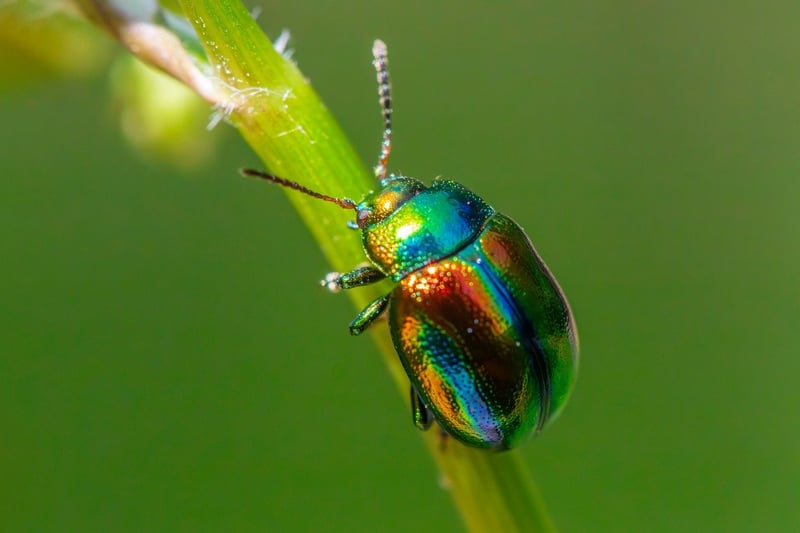Pest Control Methods
Keeping Your Garden Healthy: Pest Control Methods
Welcome to our guide on maintaining a healthy garden by effectively controlling pests. A flourishing garden not only adds beauty to your surroundings but also provides a sanctuary for beneficial insects and wildlife. However, unwanted pests can sometimes wreak havoc on your plants. Let's explore some eco-friendly pest control methods to help you keep your garden thriving.
1. Natural Predators
Attracting natural predators like ladybugs, lacewings, and birds can help keep pest populations in check. Ladybugs, for example, feed on aphids, while birds consume caterpillars and other insects. Consider planting flowers that attract these beneficial insects or installing bird feeders to encourage their presence in your garden.
2. Companion Planting
Companion planting involves growing certain plants together to enhance growth or repel pests. For instance, planting marigolds alongside vegetables can deter nematodes, a type of soil-dwelling pest. Research companion planting combinations that suit your garden's needs to naturally repel pests.
3. Neem Oil Spray
Neem oil, derived from the neem tree, is an organic insecticide that disrupts the feeding and reproductive patterns of pests. Dilute neem oil in water and spray it on plants to control pests like aphids, mealybugs, and spider mites. Regular application can help prevent pest infestations.
4. Diatomaceous Earth
Diatomaceous earth is a natural powder made from fossilized algae that effectively controls pests like slugs, beetles, and ants. Sprinkle diatomaceous earth around the base of plants or on affected areas to create a barrier that dehydrates and kills pests upon contact.
5. Beneficial Nematodes
Beneficial nematodes are microscopic roundworms that prey on soil-dwelling pests like grubs, caterpillars, and weevils. These nematodes can be applied to the soil and are safe for plants, pets, and humans. Introducing beneficial nematodes can help control pest populations below the surface.
6. Row Covers
Row covers are lightweight fabric barriers that protect plants from pests like caterpillars, aphids, and beetles. Covering vulnerable plants with row covers can prevent pests from laying eggs or feeding on the foliage. Ensure the covers are securely anchored to prevent pests from finding their way in.
Implementing these eco-friendly pest control methods can help you maintain a healthy garden without resorting to harsh chemicals. By nurturing a balanced ecosystem in your garden, you can create a thriving environment for your plants and beneficial insects. Remember to regularly monitor your garden for signs of pests and take proactive measures to address any issues promptly.

Happy gardening!
